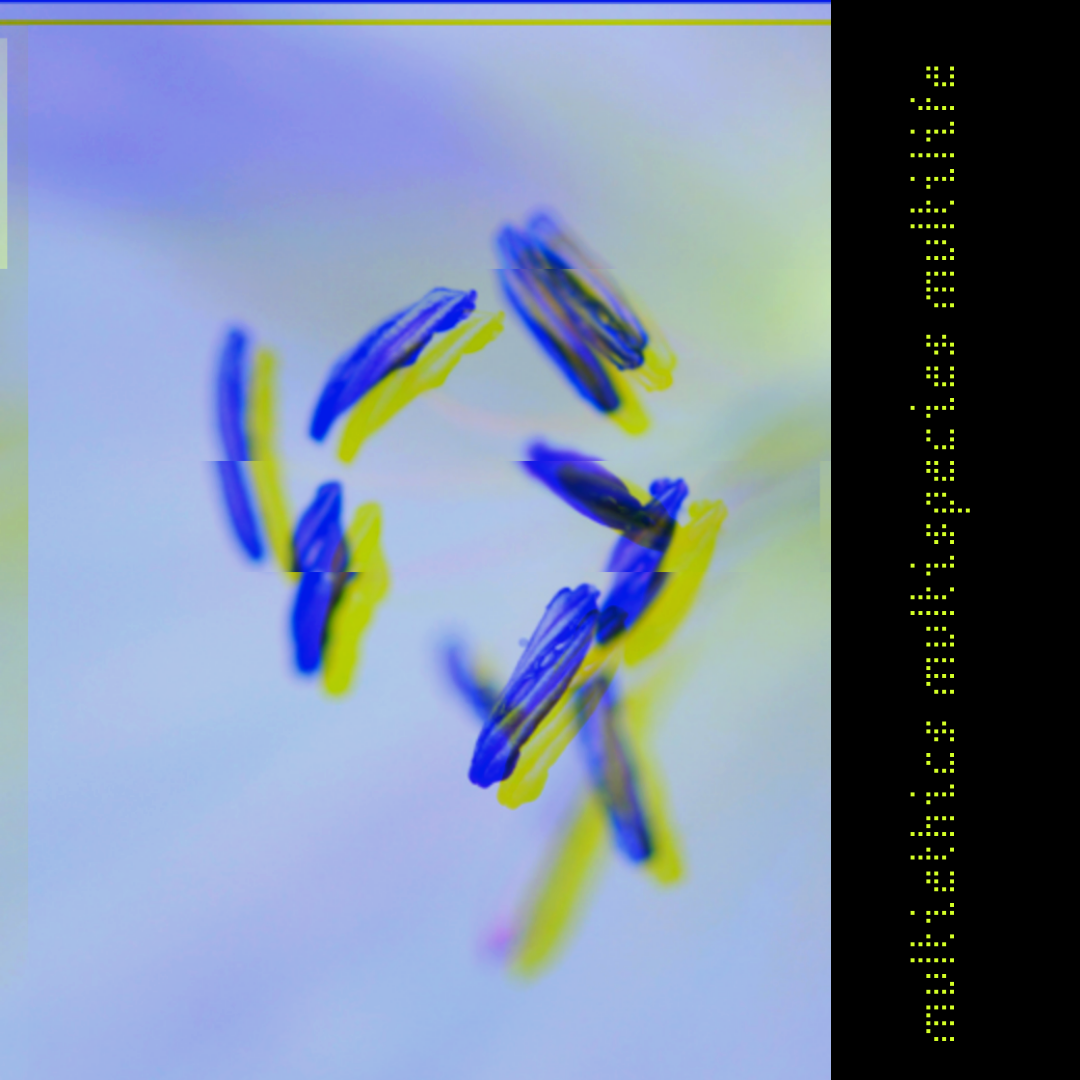
Thomas Smith
Artist Statement: Talking & Listening to Plants
Over the past decades I’ve attempted to write a nature poem that makes room in itself for that part of our human nature we call imagination. Nature poetry need not restrict itself only to the reportorial, though it shouldn’t flagrantly violate observable fact. Robert Francis’s poem “Waxwings” is an example: while finding common ground between the cedar waxwing and Francis’s own monk-like yet gregarious nature, he manages to give a faithful sense of the bird and the human. Francis Ponge, the great French prose poet, imagined the process of writing as a kind of lovemaking, with the poem the child of the combining of inner and outer nature. I like the eros in this idea and often feel closest to the natural world when some heart response in me is stirred.
“October, Tree Trunks After Rain” is set along the banks of the Kinnickinnic River in River Falls, the western Wisconsin town where I’ve lived for many years. “Kinnickinnic” is an Ojibwe word for red osier dogwood or red willow, which grows abundantly in these parts and the bark of which has traditionally been used in smoking mixtures by the native people. Green in summer, the bark turns a deep maroon red in the fall and adds warming color to our monochromatic winter palette. Kinnickinnic, river or plant, isn’t explicitly named in this poem, but I see its autumnal burnish amid the yellows and reds I invoke in the first line.
I walk along the river almost every morning, and as often as not come home to “throw my colors” against the page to see what sticks. If I’m lucky, my visual imagination has entered the language of the poem to make a miniature world or model of a world that holds some grain of the real. When I notice some phenological feature new to me, I try to educate myself about it, so that writing itself becomes a way of learning and knowing the world. In a sense, I am also the “painter” in the poem participating in the ongoing co-creation of the world. I am still thinking about the rain-blackened tree trunks at the end of the poem. They seem to represent some underlying structure of our experience of reality which is dark, strong, and definitely un-showy, that quietly supports and tolerates our human attempts to elaborate the beauty all around us.
Thomas R. Smith is a poet, essayist, editor and teacher living in western Wisconsin. He is the author of ten volumes of poetry, most recently Medicine Year (Paris Morning Publications), and has edited several books as well, including Airmail: The Letters of Robert Bly and Tomas Tranströmer (Graywolf Press). His first prose work, Poetry on the Side of Nature: Writing the Nature Poem as an Act of Survival (Red Dragonfly Press), seeks to combine imagination and activism in the nature poem. He posts poems and essays at www.thomasrsmithpoet.com.

